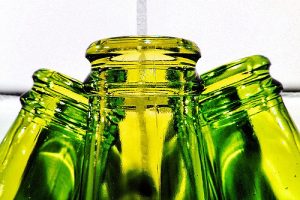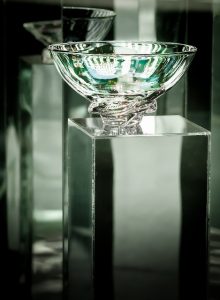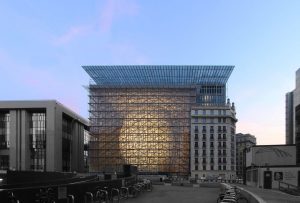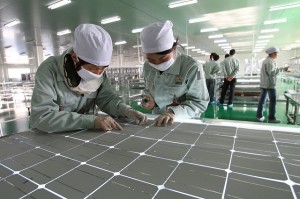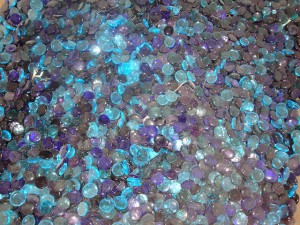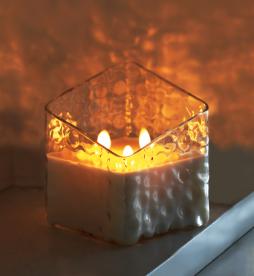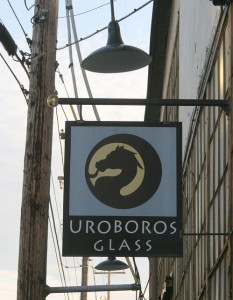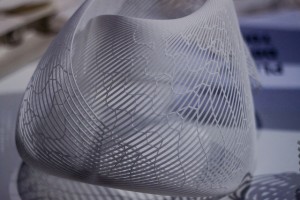New Arena Features Unusual Glass Doors
If you’re an NBA fan, you’ll want to take special notice of some unusual glass doors that help create the façade of the new Sacramento Kings Golden 1 Center. The new arena opened at the beginning of the 2016-17 NBA season.
When you think of “glass doors,” you think of doors that are vertically hinged and open inward or outward, depending upon which side of the door you’re on. You might also envision a “garage-door” style door – one that is segmented, and travels on a track. It’s stored overhead when the door is open and is positioned vertically when the door is closed.
And then there are the doors at the Golden 1 Center. They’re neither of those kind of glass doors, although they’re closer to the garage door than the standard commercial hinged door. They lean at a vertical angle of 11 degrees, in part to minimize reflections from the California sun.
The doors, designed by Schweiss Doors of Hector, MN, are bifold doors, but they’re hinged horizontally instead of vertically. The doors are opened by means of a strap-and-motor system that lift each of the 14-ton doors and fold them neatly overhead, with the folded doors forming a canopy of sorts over five doorways, which are each about 30′ wide.
The five doorways are clustered together in one corner of the building and provide ample access to the arena. The arena also features conventional doors at the base. Fans can enter and exit the building at about three times the rate of a conventional gate-keeping design. When the doors are closed, they work as “window walls” allowing light into the interior. The primary purpose of the Schweiss doors is to add natural cooling to the building. They’re oriented to take advantage of natural wind movement.
There has been talk of holding games with the doors open, and the team believes it can control the temperature and humidity in the building enough to make that a reality. The team says it will hold practices and exhibition games with the doors open in order to collect data and monitor environmental conditions inside the building. In addition, the building can host concerts and other live performance events with the doors open to both increase the size of the audience and to allow guests to take advantage of the plaza that surrounds the arena.
Glassprimer™ glass paint is a specialized glass coating that bonds permanently to glass surfaces. GlassPrimer also makes a glass surface molecular activator that is designed to work with UV-inkjet glass printing processes. For more information about Glassprimer™ glass paint, please visit the rest of our site. If you’d like to purchase Glassprimer™ glass paint, please visit our online store .
Photo Credit: CommScope, via Flickr.com


